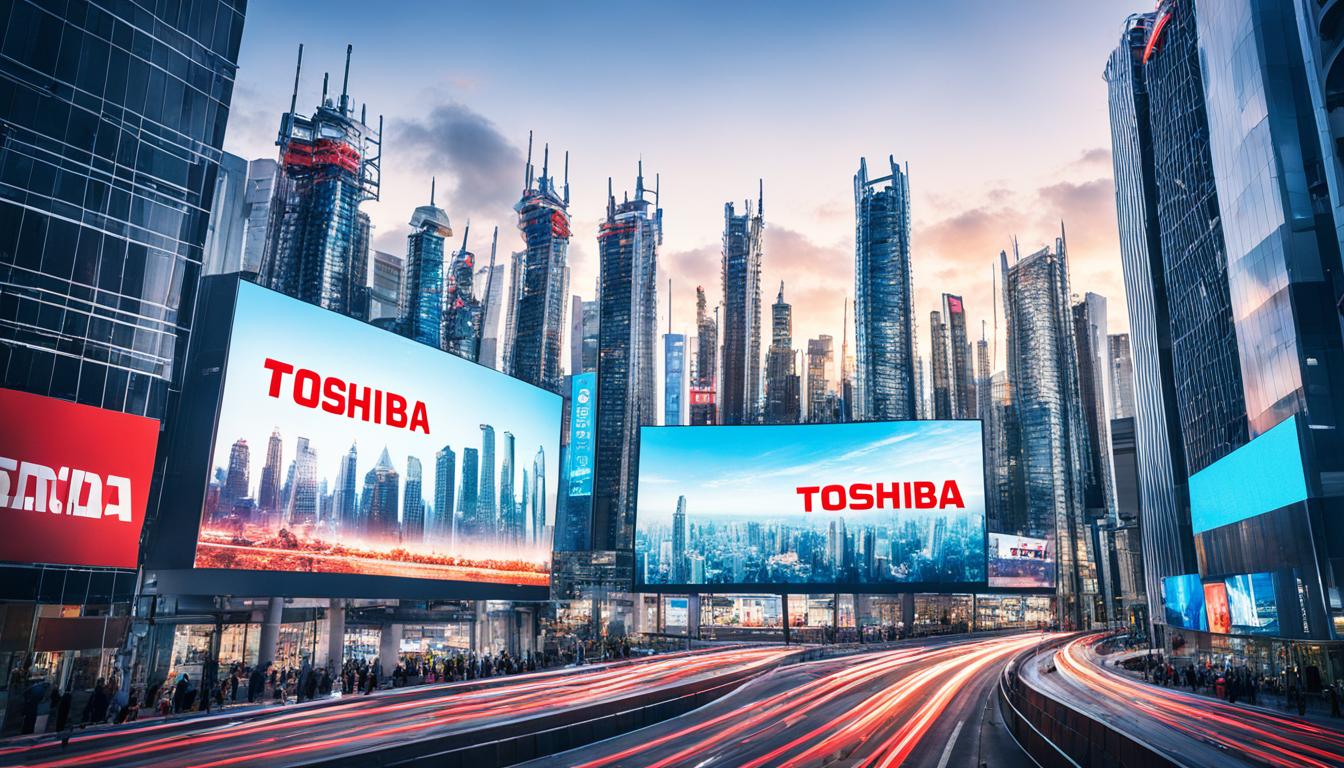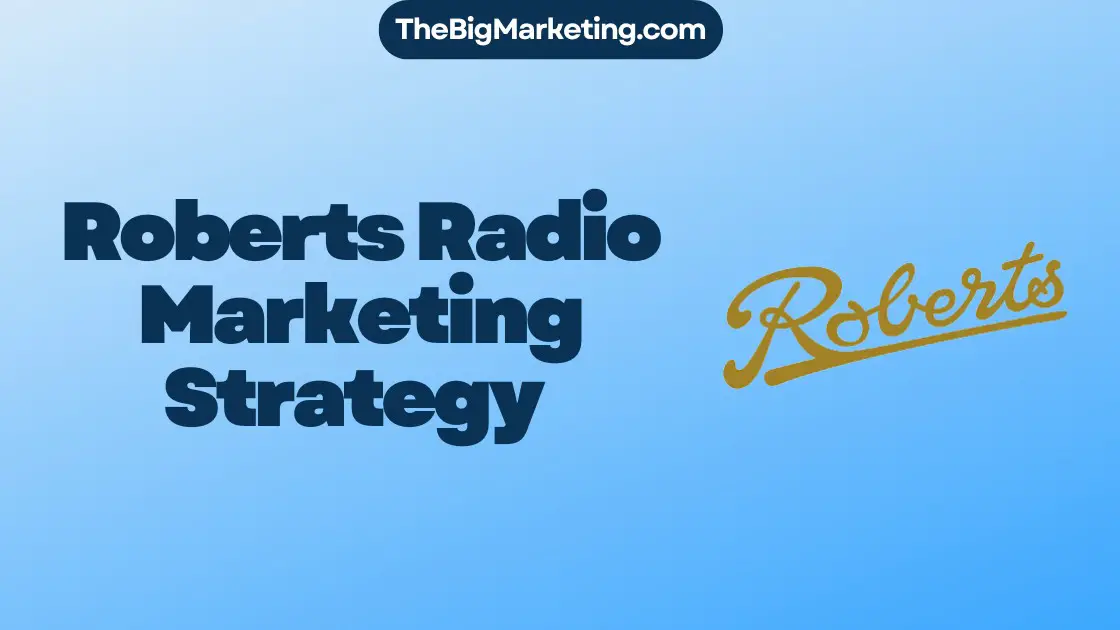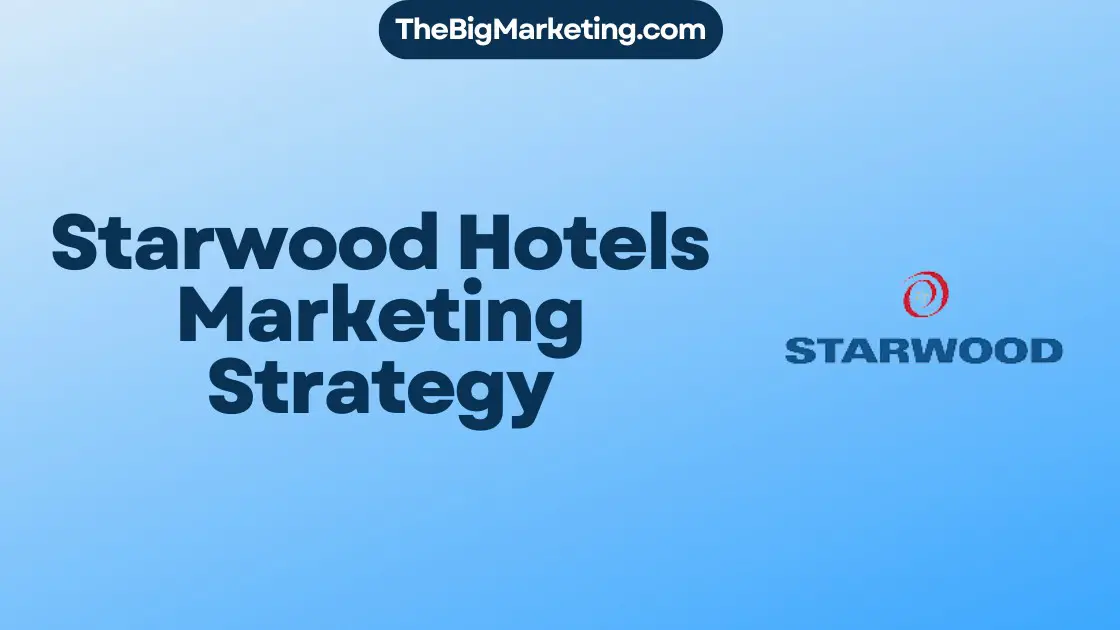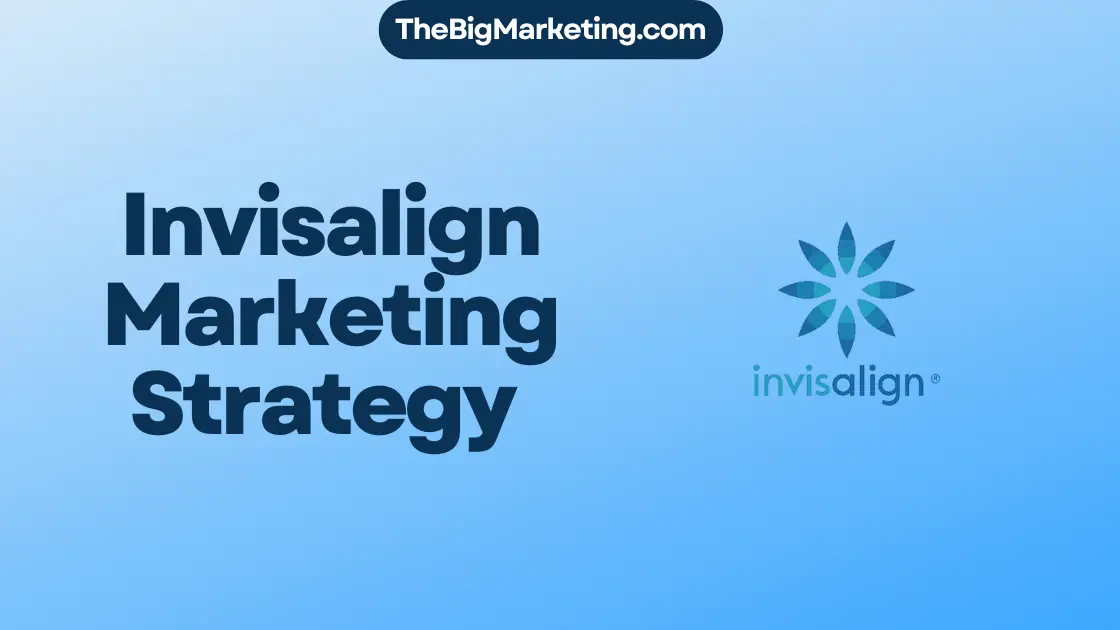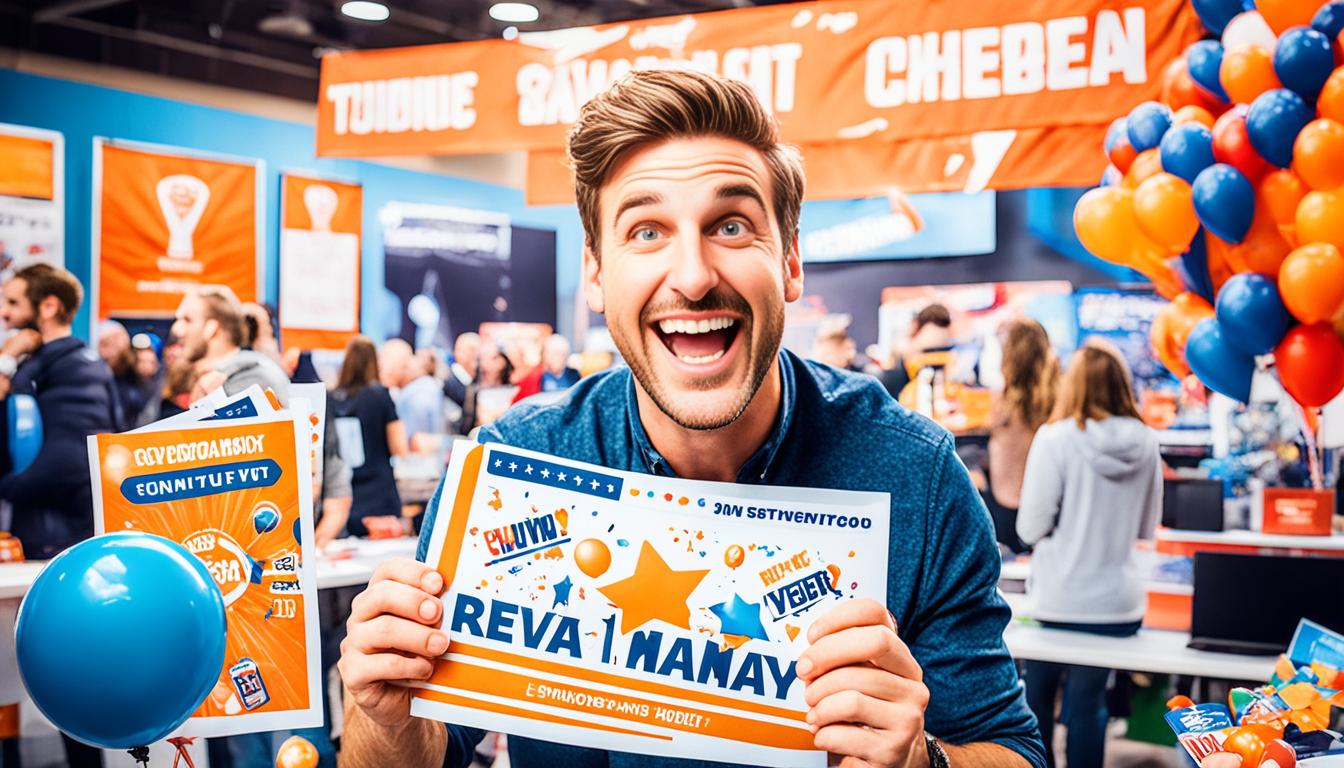In today’s competitive business landscape, a well-executed marketing strategy is crucial for success. Companies like Coca-Cola, Amazon, and Total Energies have achieved remarkable results through their comprehensive marketing approaches. In this case study, we will delve into the total marketing strategy employed by these industry leaders, exploring their target audience, marketing channels, and overall approach to promotion.
Key Takeaways:
- Coca-Cola’s robust marketing strategy, tailored to specific demographics, has contributed to its global success.
- Amazon’s comprehensive marketing approach across various platforms has established it as the largest online store.
- Total Energies emphasizes sustainability and responsible infrastructure development in its integrated marketing strategy.
- Targeting the right audience and utilizing diverse marketing channels are key components of a successful marketing strategy.
- Analyzing these case studies can provide valuable insights and inspiration for businesses seeking to enhance their own marketing strategies.
Coca-Cola Target Audience
Coca-Cola employs a strategic approach to target a diverse range of consumers, maximizing its market reach and appeal. By understanding the preferences and needs of different demographic segments, Coca-Cola has tailored its marketing efforts to effectively engage with its target audience.
Youth Engagement
Coca-Cola recognizes the significance of capturing the attention and loyalty of young consumers. Through celebrity endorsements and targeted campaigns in educational institutions, Coca-Cola successfully connects with people between the ages of 10 and 35. By associating the brand with popular figures and promoting its products in an educational context, Coca-Cola creates a sense of excitement and relevance among this key demographic.
Health-Conscious Adults
In response to the growing demand for healthier options, Coca-Cola extends its offerings to cater to health-conscious adults. The introduction of diet coke specifically serves the needs of individuals who are diet conscious or diabetic. By providing low-calorie alternatives, Coca-Cola ensures that it remains inclusive and adaptable to consumers who prioritize their well-being.
Economic Accessibility
Coca-Cola acknowledges the importance of affordability in capturing a wide customer base. By introducing packaging and pricing options at various levels, Coca-Cola appeals to students, middle-class individuals, and low-income families. This approach allows the brand to remain accessible to consumers across different income brackets.
Cultural Relevance
Coca-Cola recognizes that cultural nuances influence consumer preferences. To resonate with diverse cultures and markets, Coca-Cola tailors its products to specific regions and customizes flavors accordingly. This localized approach enables the brand to connect with consumers on a deeper level, establishing a sense of familiarity and enhancing its market presence.
Gender Preferences
Coca-Cola understands the importance of catering to individual gender preferences. By offering distinct product lines, Coca-Cola appeals to specific gender groups. Coke Light, with its emphasis on a lighter taste and packaging, has been favored by females. On the other hand, Coke Zero, positioned as a zero-calorie option, has resonated well with men seeking healthier choices.
| Target Audience | Approach |
|---|---|
| Youth (ages 10-35) | Celebrity endorsements, campaigns in educational institutions |
| Health-conscious adults | Offering diet coke as a low-calorie alternative |
| Economically diverse | Varying packaging and pricing options |
| Culturally diverse | Customized flavors to suit different regions |
| Gender preferences | Distinct product lines – Coke Light for females, Coke Zero for males |
Coca-Cola Marketing Channels
Coca-Cola, a leading beverage brand, employs a diverse range of marketing channels to effectively reach its target audience. By utilizing both personal and non-personal channels, Coca-Cola ensures maximum engagement and widespread brand exposure.
Personal Channels
Personal channels play a crucial role in Coca-Cola’s marketing strategy, allowing for direct and personalized communication with consumers. Through personal channels, such as promotional campaigns, events, and direct email marketing, Coca-Cola establishes a direct connection with its target audience, fostering brand loyalty and fostering a sense of community.
Non-Personal Channels
Coca-Cola also leverages a variety of non-personal marketing channels to expand its reach and connect with consumers on a larger scale. These channels encompass both online and offline platforms, providing ample opportunities for brand exposure.
- Newspapers: Coca-Cola strategically advertises in local and national newspapers, ensuring visibility to a wide range of readers.
- Promotion Campaigns: Through engaging promotion campaigns, Coca-Cola creates buzz and generates interest among its target audience.
- Events: Coca-Cola sponsors and participates in various events, including sports events, concerts, and festivals, to establish a strong presence and connect with attendees.
- Television: By advertising on television channels, Coca-Cola taps into a vast audience and promotes its products effectively.
- Posters and Billboards: Coca-Cola strategically places eye-catching posters and billboards in high-traffic locations, capturing the attention of passersby.
- Webpages: Coca-Cola ensures a strong online presence by optimizing its official website and creating engaging webpages to provide valuable information to consumers.
- Social Media: Coca-Cola utilizes various social media platforms, including Facebook, Instagram, and Twitter, to engage with its audience, share content, run campaigns, and leverage influencer marketing.
- Leaflets and Flyers: Through the distribution of leaflets and flyers, Coca-Cola raises awareness about its products and promotions, targeting specific geographical areas.
- PR Activities: Coca-Cola actively engages in public relations activities, fostering positive brand perception and maintaining strong relationships with the press and media.
By employing a multi-channel approach that combines personal and non-personal marketing channels, Coca-Cola effectively engages with its target audience through various mediums, ensuring widespread brand awareness and driving its marketing efforts.
Coca-Cola Marketing Strategy
Coca-Cola, a global beverage giant, has implemented a comprehensive marketing strategy that encompasses various aspects to ensure its continued success. The company’s marketing strategy revolves around four key elements: product portfolio, pricing strategy, place strategy, and promotion strategy. Let’s delve deeper into each of these components:
Product Portfolio
Under its product strategy, Coca-Cola offers a diverse range of beverages to cater to different consumer preferences and market segments. From classic Coca-Cola to diet and zero-sugar options, the company ensures there is a product for everyone. This extensive portfolio enables Coca-Cola to target a wide audience and maintain its position as a market leader in the beverage industry.
Pricing Strategy
Coca-Cola has a flexible pricing strategy that adapts to market competition while upholding its brand value. The company carefully analyzes market dynamics and consumer demand to set competitive prices for its products. By offering various packaging and pricing options, Coca-Cola ensures affordability for consumers across different income levels and demographic segments.
Place Strategy
Coca-Cola’s place strategy involves a vast distribution network to ensure its products are readily available to consumers worldwide. The company works with bottling partners to distribute its beverages efficiently, maintaining a strong presence in both urban and rural areas. Additionally, Coca-Cola has implemented a reverse supply chain for recycling, emphasizing its commitment to sustainability.
Promotion Strategy
Localization is a key aspect of Coca-Cola’s promotion strategy. The brand positions itself uniquely in each market, tailoring its advertising campaigns and messaging to connect with local cultures and customs. Coca-Cola leverages sponsorships of major events and sports, further enhancing its brand visibility and fostering emotional connections with consumers. The company also utilizes social media and digital marketing platforms extensively to engage with its target audience and stay relevant in the digital age.
| Marketing Strategy Component | Description |
|---|---|
| Product Portfolio | Coca-Cola offers a wide range of beverages to cater to diverse consumer preferences and market segments. |
| Pricing Strategy | The company adapts its pricing to market competition while maintaining brand value and affordability for consumers. |
| Place Strategy | Coca-Cola has a vast distribution network with bottling partners and emphasizes recycling through a reverse supply chain. |
| Promotion Strategy | The brand strategically positions itself through localized marketing, sponsorships, and extensive use of social media and digital marketing platforms. |
Coca-Cola’s marketing strategy has played a pivotal role in its global success, allowing the company to stay relevant, connect with consumers, and maintain a dominant position in the beverage industry. Through continuous innovation and adaptation to market trends, Coca-Cola continues to be a leading brand in the competitive consumer goods market.
Amazon Marketing Strategy
Amazon, the largest online store globally, has revolutionized the way people do business. With a comprehensive marketing strategy, Amazon has achieved a market value of over $1.7 trillion. The company focuses on the 4Ps of marketing: product, price, place, and promotion.
Product Strategy
Amazon’s product strategy involves selling a vast range of products in various categories. From electronics to books, home goods to fashion, Amazon offers a diverse selection that caters to the needs and preferences of its customers. By constantly expanding its product offerings, Amazon ensures that it remains a one-stop shop for online consumers.
Price Strategy
One of Amazon’s competitive advantages lies in its pricing strategy. The company constantly monitors rival prices and customer demand to offer competitive prices. With regular discounts, deals, and promotions, Amazon emphasizes affordability without compromising on quality. This pricing strategy has attracted and retained millions of loyal customers.
Place Strategy
Amazon’s place strategy is centered around its global online store, accessible to customers around the world. With fast and reliable shipping, Amazon ensures that products reach customers in a timely manner. Additionally, Amazon has established fulfillment hubs strategically located to facilitate quick order processing and delivery. This extensive distribution network allows Amazon to meet customer expectations and maintain a strong presence in the e-commerce market.
Promotion Strategy
To build brand awareness and drive sales, Amazon employs a comprehensive promotion strategy across multiple channels. The company advertises its products on websites, newspapers, TV, billboards, and social media platforms. By utilizing various marketing channels, Amazon reaches a wide audience and effectively communicates its value proposition to potential customers.
In conclusion, Amazon’s success can be attributed to its well-rounded marketing strategy. By focusing on product variety, competitive pricing, global accessibility, and effective promotion, Amazon has positioned itself as the leader in the online retail industry.
Amazon Marketing Channel Types
When it comes to reaching its target audience, Amazon employs a variety of marketing channels to effectively promote its products and increase visibility on its platform. Let’s take a closer look at some of the key marketing channel types utilized by Amazon:
Headline Search Ads
One of Amazon’s prominent pay-per-click (PPC) advertising methods is the use of Headline Search Ads. These ads primarily focus on promoting brands and appear at the top of search results on Amazon. By leveraging Headline Search Ads, Amazon can enhance brand visibility and drive traffic to specific product listings.
Product Display Ads
Product Display Ads are another type of PPC advertising method used by Amazon. These ads are strategically placed next to products or in the “similar items” section on product pages, targeting customers who are actively browsing or considering related products. With Product Display Ads, Amazon can effectively capture customer attention and drive conversions.
Sponsored Product Ads
Amazon also leverages sponsored product ads to boost product visibility and increase sales. These ads appear at the top of search results, making them highly visible to customers searching for relevant products. By utilizing sponsored product ads, Amazon can effectively promote specific products and increase their chances of being discovered by potential shoppers.
These are just a few examples of the marketing channels Amazon utilizes to reach its target audience and maximize its advertising efforts. By diversifying its marketing channels and leveraging various advertising methods, Amazon can effectively engage with customers and drive sales on its platform.
Amazon’s Digital Marketing Strategy
Amazon, being the powerhouse of e-commerce, has a comprehensive digital marketing strategy that encompasses various tactics to reach and engage its target audience. Through social media marketing, SEO optimization, influencer collaborations, and e-commerce strategies, Amazon maximizes its online presence and drives sales.
Social Media Marketing
Amazon leverages popular social media platforms such as Facebook, Instagram, Twitter, YouTube, and Pinterest to advertise its products and connect with users. By creating engaging content, promotions, and exclusive deals, Amazon effectively promotes its vast range of products to a wide audience. The company’s active presence on social media platforms helps build brand awareness and fosters customer engagement.
SEO Optimization
As the leading online marketplace, Amazon recognizes the importance of search engine optimization (SEO) to improve its organic visibility and search rankings. By implementing effective SEO strategies, Amazon ensures its products appear prominently in search results, driving higher organic traffic to its website. Through keyword optimization, relevant metadata, and product descriptions, Amazon enhances its online presence and enables customers to easily discover and choose its products.
Influencer Collaborations
Recognizing the power of influencer marketing, Amazon collaborates with popular influencers across various industries. These influencers promote Amazon’s products to their engaged audience, which helps increase brand exposure and credibility. By partnering with influencers who align with its target market, Amazon extends its reach, generates buzz, and drives conversion rates, ultimately boosting sales.
E-commerce Strategies
Amazon continuously innovates its e-commerce strategies to enhance the customer experience and stay ahead in the competitive online marketplace. The company focuses on initiatives such as carbon neutrality, reducing packaging waste, and promoting eco-friendly practices. By offering sustainable options and driving environmental initiatives, Amazon appeals to environmentally conscious consumers, further strengthening its brand reputation.
Total Energies Marketing Strategy
Total Energies, a global energy company, has developed an integrated marketing strategy to meet the growing demand for better, more affordable, reliable, and cleaner energy solutions. This approach enables Total Energies to effectively reach and engage its target audience, positioning itself as a leader in responsible infrastructure development and emphasizing sustainability in its business practices.
One of the key pillars of Total Energies’ marketing strategy is segmentation. By understanding the diverse needs and preferences of its customers, the company can tailor its products and services to effectively meet their specific requirements. Through thorough market research, Total Energies identifies distinct market segments and develops targeted marketing campaigns to address their unique energy needs.
Another critical aspect of Total Energies’ marketing strategy is targeting. While the company aims to reach all geographical locations and sectors within the oil and energy industry, it also understands the importance of adapting its approach to specific regions and markets. By analyzing market trends and consumer behavior, Total Energies strategically identifies target markets and implements marketing strategies that resonate with the local audience.
Positioning is an essential element of Total Energies’ marketing strategy as well. The company positions itself as a forward-thinking, innovative, and sustainable energy provider. By emphasizing its commitment to responsible infrastructure development and sustainable practices, Total Energies differentiates itself from competitors and fosters trust and loyalty among its target audience.
Key Elements of Total Energies’ Marketing Strategy:
- Segmentation: Identifying distinct market segments and tailoring products and services to meet their specific needs.
- Targeting: Adapting marketing efforts to specific regions and markets within the oil and energy industry.
- Positioning: Establishing Total Energies as a leader in responsible infrastructure development and sustainability.
By implementing a comprehensive marketing strategy centered around segmentation, targeting, and positioning, Total Energies effectively communicates its value proposition, drives brand awareness, and attracts customers who are seeking reliable and sustainable energy solutions.
Marketing Campaigns of Total Energies
Total Energies, a global energy company, understands the importance of effective marketing campaigns in raising brand awareness and promoting their products and initiatives. They have successfully executed various campaigns that have made a significant impact on their target audience.
One notable campaign by Total Energies is the #LambaChalega campaign. This campaign garnered over 200 million impressions and achieved 31 million views in just 14 days. The success of this campaign showcases Total Energies’ ability to connect with their audience and create engaging content that resonates with them.
Furthermore, Total Energies has also launched international multimedia advertising campaigns to emphasize their role in the energy industry and promote their commitment to better energy. These campaigns have helped to position Total Energies as a leader in providing sustainable and reliable energy solutions.
In addition to traditional advertising methods, Total Energies embraces modern marketing strategies. They utilize social media marketing to engage with their target audience and build brand awareness. Through strategic SEO (Search Engine Optimization) strategies, Total Energies ensures their online presence is optimized and easily discoverable by potential customers.
Collaborations with influencers and partnerships with e-commerce platforms also form a part of Total Energies’ marketing approach. These initiatives help them reach their target audience more effectively and expand their market reach.
Overall, Total Energies understands the importance of a well-executed marketing campaign. Their diverse range of campaigns, incorporating traditional and modern marketing tactics, ensures their brand remains prominent and resonates with their audience.
Total Energies’ Social Media and SEO Strategies
Total Energies, a leading global energy company, understands the importance of social media marketing in today’s digital landscape. By utilizing popular platforms such as Facebook, LinkedIn, Twitter, and Instagram, Total Energies actively engages with its audience, sharing promotional content, project updates, and information about its commitment to sustainability. Through these social media channels, Total Energies can reach a diverse range of stakeholders and build brand awareness.
In addition to social media marketing, Total Energies also focuses on implementing effective SEO strategies. The company’s website is optimized to rank highly in search engine results for relevant organic keywords. This SEO optimization ensures that Total Energies’ website attracts significant organic traffic, increasing its online visibility and attracting potential customers.
By combining social media marketing and SEO strategies, Total Energies strengthens its overall marketing strategy and enhances its brand visibility. The company’s active presence on social media allows it to engage with its audience directly, while effective SEO strategies ensure that Total Energies’ website remains highly visible to users searching for industry-related information or solutions. This comprehensive approach enables Total Energies to effectively communicate its message, showcase its expertise, and establish itself as a trusted leader in the energy industry.
Social Media Channels
Total Energies utilizes various social media channels to connect with its target audience:
- Facebook: Total Energies maintains a Facebook page where it shares company updates, sustainability initiatives, and industry-related news. Followers can engage with the content through likes, comments, and shares, facilitating a sense of community and connection.
- LinkedIn: Total Energies leverages LinkedIn, a professional networking platform, to showcase its thought leadership, share industry insights, and connect with other professionals in the energy sector.
- Twitter: Through its Twitter account, Total Energies provides real-time updates on projects, events, and relevant news. The platform allows for quick and concise communication, making it an ideal channel for timely announcements.
- Instagram: Total Energies utilizes Instagram to visually showcase its projects, initiatives, and commitments to sustainability. By sharing captivating images and videos, the company engages with users and highlights its impact on the energy industry.
These social media channels enable Total Energies to reach a wide range of stakeholders, including customers, industry professionals, and potential partners. By delivering valuable content and fostering engagement, Total Energies establishes itself as a trusted and influential presence in the energy sector.
| Social Media Channel | Usage |
|---|---|
| Company updates, sustainability initiatives, and industry-related news | |
| Showcasing thought leadership, sharing industry insights, and networking with energy professionals | |
| Real-time updates on projects, events, and news | |
| Visual representation of projects, initiatives, and commitment to sustainability |
By leveraging these social media channels and implementing effective SEO strategies, Total Energies is able to amplify its marketing efforts and enhance its brand visibility in the energy industry. The company’s commitment to engaging with its audience through various digital platforms enables it to effectively communicate its message and position itself as a leader in sustainable energy solutions.
Total Energies’ E-commerce and Content Marketing Strategies
Total Energies understands the importance of utilizing e-commerce strategies to collaborate with industry leaders like Amazon. By leveraging e-commerce, Total Energies can effectively reduce carbon emissions and provide sustainable energy solutions. Through strategic partnerships and online platforms, Total Energies extends its reach and increases accessibility to its products and services. This e-commerce approach not only benefits the company but also contributes to a greener future.
In addition to e-commerce, Total Energies recognizes the power of content marketing in engaging its target audience and promoting its brand. Through various content channels such as news articles, videos, and social media platforms, Total Energies shares valuable information about its projects, partnerships, and environmental initiatives. By creating informative and engaging content, Total Energies can captivate its audience, build brand loyalty, and highlight its commitment to sustainable energy solutions.
As part of its content marketing strategy, Total Energies strives to provide educational resources and insights into the energy industry. By empowering its audience with knowledge, Total Energies positions itself as a thought leader and trusted advisor in the field. Through well-crafted content, Total Energies establishes credibility and fosters meaningful connections with its target audience.
Overall, Total Energies’ e-commerce and content marketing strategies play a significant role in reaching and engaging its target audience. By leveraging e-commerce platforms and delivering valuable content, Total Energies successfully promotes its brand and showcases its dedication to sustainable energy solutions.
Conclusion
Good marketing strategies are essential for business success. Coca-Cola, Amazon, and Total Energies exemplify effective marketing strategies in their respective industries. Coca-Cola’s targeted segmentation and diverse marketing channels have contributed to its global dominance. By targeting specific demographics based on age, income, family size, and gender, Coca-Cola has successfully captured a wide range of consumers. Through its utilization of various marketing channels like personal and non-personal methods, Coca-Cola has been able to reach its target audience effectively and engage with them on multiple platforms. These strategies have undoubtedly played a crucial role in Coca-Cola’s sustained success as the most popular soda brand worldwide.
Similarly, Amazon has established itself as the world’s largest online store through its comprehensive marketing approach. The company’s product strategy involves offering a vast range of products across various categories, ensuring there is something for everyone. By strategically pricing its products based on customer demand and competitor prices, Amazon remains competitive in the market. Moreover, Amazon’s global online store, fast shipping, and fulfillment hubs contribute to its strong place strategy. The company’s promotion strategy, which includes advertising on websites, newspapers, TV, billboards, and social media, has helped build brand awareness and drive sales. Amazon’s effective utilization of marketing channels and focus on the 4Ps of marketing have undoubtedly contributed to its remarkable success.
Total Energies, on the other hand, has implemented an integrated marketing strategy that emphasizes sustainability and responsible infrastructure development. While not specifically targeting any particular geographical location, Total Energies positions itself as a leader in the industry through its commitment to cleaner energy solutions. The company has executed various marketing campaigns that have successfully raised brand awareness and promoted its products and initiatives. By leveraging social media marketing, SEO optimization, influencer collaborations, and e-commerce strategies, Total Energies has been able to reach its target audience effectively and promote its brand values and environmental initiatives. Total Energies’ integrated marketing strategy aligns with its business objectives and reflects its commitment to sustainability.
By analyzing these case studies of Coca-Cola, Amazon, and Total Energies, businesses can gain valuable insights and inspiration for their own marketing strategies. Whether it’s targeted segmentation, diverse marketing channels, comprehensive approaches, or a focus on sustainability, these companies have demonstrated the power of effective marketing strategies in driving business success. By applying similar principles to their own marketing efforts, businesses can enhance their brand visibility, engage with their target audience, and ultimately achieve their marketing objectives.
